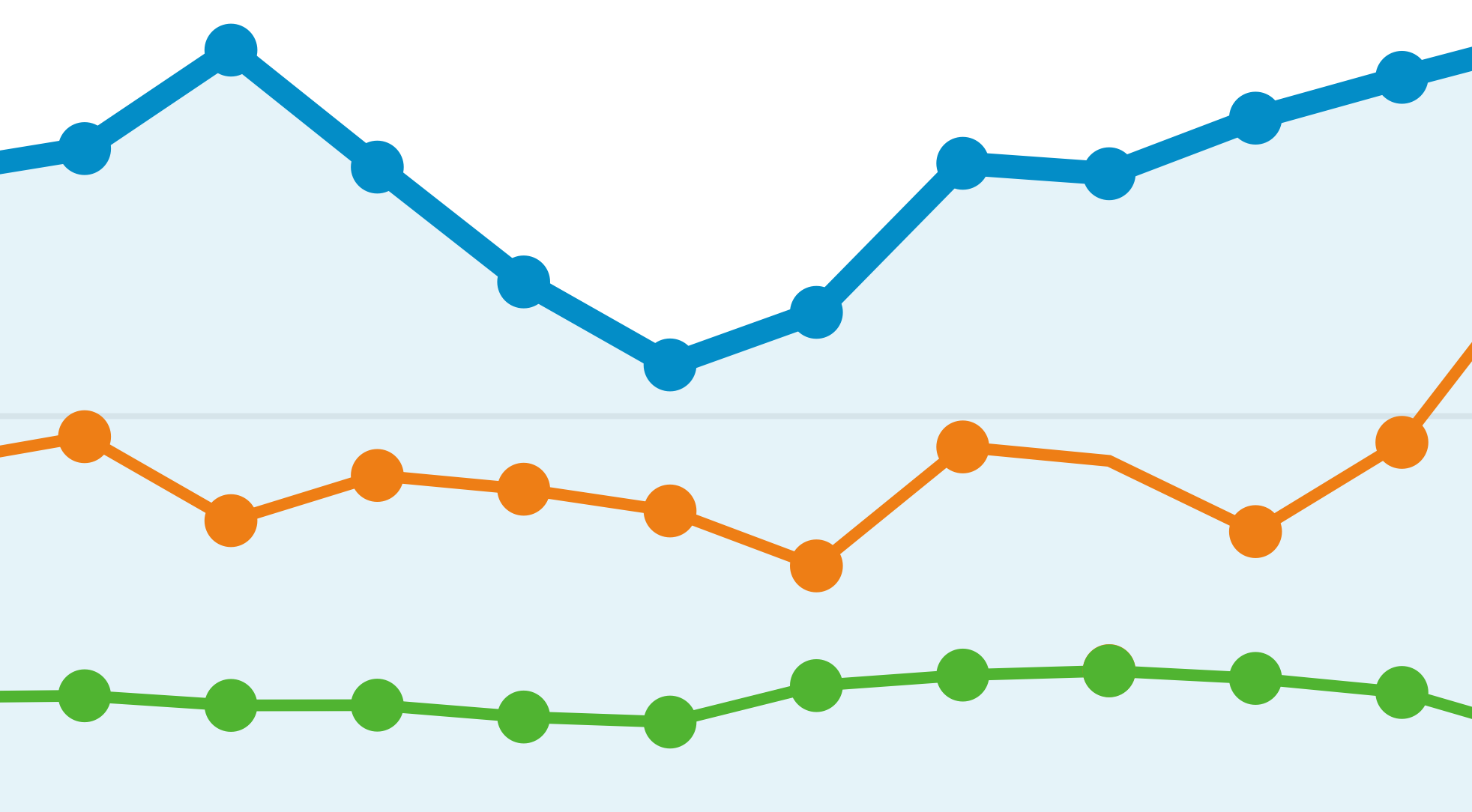Engagement

While it’s definitely valuable to see how much traffic your site is getting, it’s also important to pay attention to the quality of the traffic. If your visitors aren’t doing much on your site, the hits don’t mean much. In order to determine the quality of your traffic, look at factors such as pages per visit, bounce rate, time spent on site, and new vs. returning customers. Through these valuable metrics, you can determine whether or not your visitors are engaging with your content, as well as the type of content that they are interested by on your site. This, in turn, can help you determine which areas of your site may benefit from improvement or it may be time to hire an expert in SEO services.
For example, imagine that the number of page visited and average time spent on your site are low. In this hypothetical, perhaps the keywords you are using for optimization just are not pulling in the right visitors. If that is the case, you could review your keywords and consider switching to more specific, long tail keywords to ensure that the most valuable sort of customers find their way to your site.
Furthermore, if your site is experiencing an increase in the bounce rate, which refers to the amount of viewers that only view one page on your site, that can be indicative of broken links, poor first impressions, and slow load times. Essentially, a high bounce rate means that your site is not engaging to it’s visitors. It could indicate that the landing pages are not particularly relevant to the viewers who are finding them, or that the site’s structure and design are not optimized.
The new vs returning customer metric is also important to look at because it tells you if your visitors are engaged enough to want to return. If this metric is low, it likely means that visitors don’t have much incentive to return to your site, which is something to work on. On the other hand, if your site is getting a high number of returning visitors, this indicates that they searched for your branded terms or got to your site by typing in your URL directly.
Conversions

Conversions are perhaps the cornerstone of analyzing your site’s SEO performance, and they can be defined in several different ways, depending on what you hope to accomplish on your website. If you are seeking to increase leads, contact and appointment requests may be included in your conversion tracking reports. If you’re working in E Commerce, your conversion tracking reports could include items purchased. Registering new user accounts, filling out forms, and agreeing to an email newsletter can all also be considered conversions. While you’re tracking the conversions that take place, you can further analyze your SEO by determining which factors are generating the conversions.
An increased level of conversions can how your SEO strategy is working. A comparison of year to year conversions can be an excellent measurement of progress. If you aren’t getting the number conversions that you need, you can consider optimizing landing pages and creating new content such as articles and blogs in order to better guide visitors through the conversion process.
